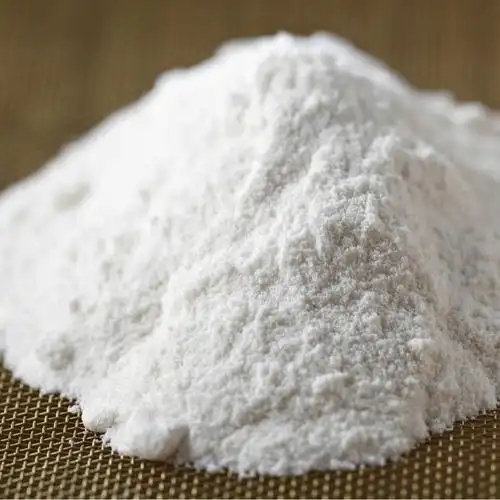What are lithium carbonate and lithium hydroxide used for?
1. What are the uses of lithium carbonate and Lithium hydroxide ?
Data from 2023 shows that 60% to 70% of lithium carbonate is used in the battery industry worldwide. Lithium carbonate is widely used in lithium iron phosphate batteries, and 80% to 90% of lithium hydroxide is used in the battery industry. Lithium carbonate is the core raw material of lithium iron phosphate (LFP) battery cathode materials and is widely used in new energy vehicles, energy storage systems and other fields. Lithium carbonate is mainly used for high-nickel ternary cathode materials (such as NCM, NCA), which improves battery energy density and cycle life. It is a key raw material for high-end electric vehicles, that is, ternary lithium batteries on the market. Another ternary lithium battery uses cobalt metal in the battery pole. 50% of this metal is in the African country of dry fruit. Recently, this country has been unable to export cobalt due to civil war.
2. The conversion formula between lithium carbonate and lithium hydroxide Lithium carbonate is converted to lithium hydroxide
Lithium carbonate is converted to lithium hydroxide Li₂CO₃ + 2H₂O → 2LiOH + CO₂↑
This method (causticization method) is one of the main ways to produce lithium hydroxide industrially Lithium hydroxide is converted to lithium carbonate 2LiOH + CO₂ → Li₂CO₃ + H₂O
Lithium carbonate is mostly used in lithium iron phosphate batteries, while lithium hydroxide is a necessary raw material for high-nickel ternary lithium batteries; the conversion of the two can achieve flexible resource allocation, but it requires additional costs. In actual production, the process route is often selected according to downstream demand
3. Production of lithium carbonate and lithium hydroxide
Lithium carbonate production: Lithium extraction from ore (mainstream): Sulfuric acid method: Spodumene is roasted and acidified to produce lithium sulfate solution, which is then reacted with sodium carbonate to precipitate lithium carbonate. Lithium extraction from salt lakes: Lithium carbonate is directly produced by brine evaporation and precipitation, which is suitable for salt lake resources such as Qinghai and Tibet.
Lithium hydroxide production
Causticization method: Lithium carbonate reacts with calcium hydroxide to produce lithium hydroxide, which has a short process but requires high-purity raw materials.
Lithium sulfate method (mainstream): Spodumene is roasted and acidified to produce lithium sulfate solution, which is then reacted with sodium hydroxide, and sodium sulfate is separated by freezing crystallization.
Salt lake indirect method: Lithium carbonate is first produced, and then causticized to produce lithium hydroxide.
The production process of lithium hydroxide has one more causticizing step than lithium carbonate, so theoretically the cost of producing lithium hydroxide is 3,000 to 5,000 more per ton than lithium carbonate. However, in the past three years or so, the price of lithium carbonate has been higher than that of lithium hydroxide for a long time. This is because it is not cost-driven at present, but caused by the imbalance of supply and demand.